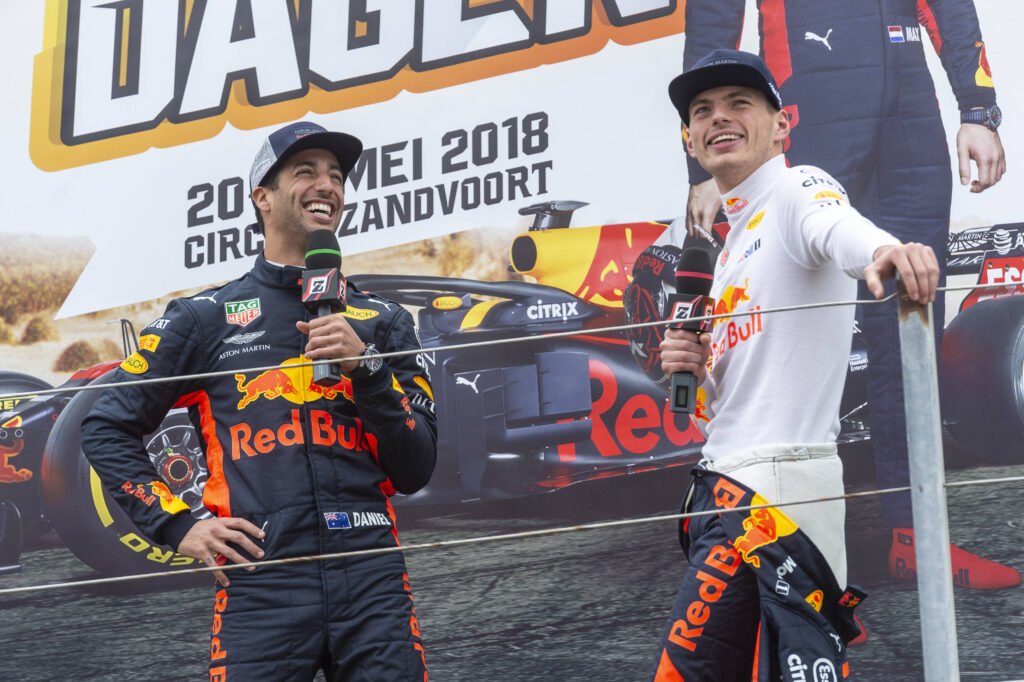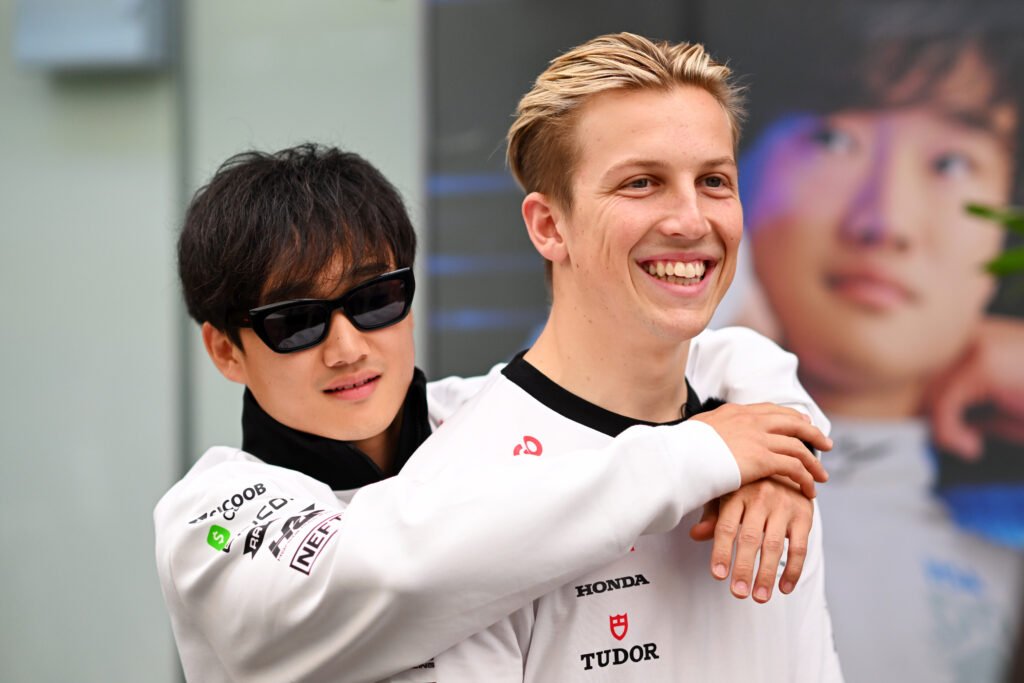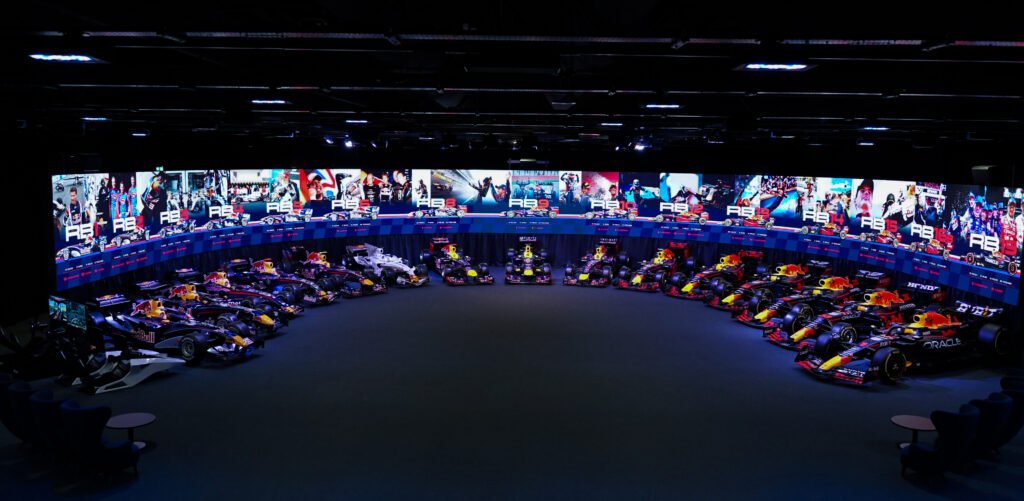The second seat at Red Bull Racing has long been a subject of intense scrutiny and speculation, often perceived as challenging to fill effectively.
This narrative began during the era of Sebastian Vettel and Mark Webber, where internal team dynamics were strained, leading to notable on-track clashes.
However, the difficulty of securing a stable and competitive second driver became more pronounced following Daniel Ricciardo’s departure in 2018.

Post-Ricciardo era: A revolving door
Ricciardo’s exit left a void that Red Bull struggled to fill. Pierre Gasly was promoted from Toro Rosso (AlphaTauri/Visa Cashapp RB) but faced challenges adapting to the main team’s environment. This lead to his mid-season demotion in 2019.
Alexander Albon was subsequently given the opportunity. But he similarly struggled to match Max Verstappen’s performance, resulting in his replacement after the 2020 season.
These rapid changes highlighted the pressures associated with the second seat and the high expectations set by the team’s competitive aspirations.
Sergio Perez: Breaking the curse?
In 2021, Red Bull made an unconventional move by signing Sergio Perez. This marked the first time since 2007 that the team recruited a driver from outside their junior program. Perez’s experience brought stability to the lineup, and he played a pivotal role in supporting Verstappen’s championship campaigns. But like others before, his performances began to tank. After the Chinese GP, Verstappen has scored 70 out of the 70 points Red Bull scored since the 2024 Qatar GP.
At the end of 2024, Red Bull announced they wouldn’t proceed with Perez as their second driver.
The role of the junior team
Red Bull’s junior team, known over the years as Toro Rosso, AlphaTauri, and more recently as Visa Cashapp Racing Bulls, has been instrumental in developing talent for the main team.
Drivers like Gasly and Albon were promoted based on their performances with the junior team. However, their subsequent struggles at Red Bull Racing raised questions about the efficacy of this development pipeline and the readiness of drivers for the pressures of a top-tier team.
Current dynamics: Lawson and Tsunoda
As of the 2025 season, the second seat saga continues with Liam Lawson’s recent promotion to partner Verstappen. Lawson’s initial performances have been underwhelming, with early exits and lacklustre finishes in the opening races.
This has prompted internal discussions about potential changes, with Yuki Tsunoda emerging as a strong candidate for the seat. Tsunoda’s impressive form with the junior team has intensified speculation about a driver swap ahead of the Japanese Grand Prix.
Team principal Christian Horner has publicly expressed support for Lawson. He emphasised the need to give drivers adequate time to adapt and perform. However, the team’s history of swift driver changes suggests that performance pressures remain high. Decisions are made considering the team’s competitive edge.

Future prospects
The contrasting performances of Lawson and Tsunoda have placed Red Bull in a challenging position. While the team aims to support its drivers, the need for consistent point-scoring is paramount, especially with competitors like Mercedes and McLaren leading the Constructors’ Championship.
According to Dr. Helmut Marko, an emergency meeting is reportedly planned at Red Bull’s headquarters to address these issues and determine the best course of action moving forward this week.



